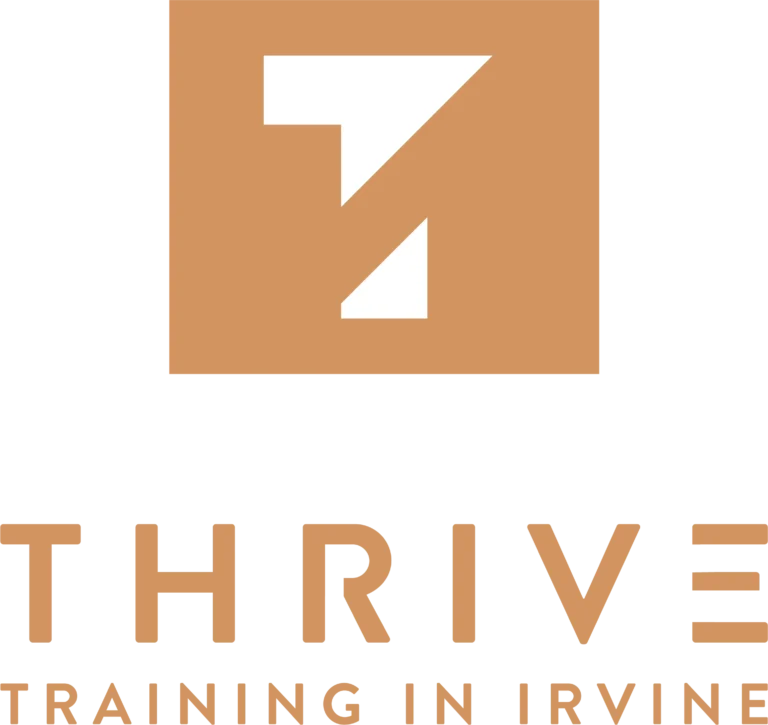As we age our bodies go through a myriad of changes – some visible, others are super subtle.
One of the biggest changes you’ll see and feel is the shift in your muscles and bones.
After the age of 40, adults start to lose muscle mass at a rate of 1% per year…or even more, depending on your eating habits. This is called sarcopenia.
Along with sarcopenia, your bone density decreases, metabolism slows and fat tends to increase.
All are a part of life…none can be avoided.
This is why strength training plays such a critical role in mitigating these effects, and for adults over 40, it becomes not just an option but an essential part of maintaining overall health and vitality.
Why Strength Training is Essential after 40
- Prevention of Muscle Loss (Sarcopenia): Sarcopenia is a natural process where muscle mass and strength decline with age…but lifting weights and training can counteract this process. Using medicine balls, lifting weights, or doing body weight exercises all challenge your muscles leading them to grow and become stronger. In fact, strength training helps your body replace muscle mass you lost over the years and will help you build muscle even later in life.
- Increased Bone Density: Osteoporosis, which leads to brittle and fragile bones, is a major concern for many adults…especially post-menopausal women. When you lift weights, it puts stress on your bones, tendons and ligaments prompting your body to strengthen and stimulate bone growth, thus reducing the risk of fractures. This is what we call resiliency!
- Kick Start Your Metabolism: As we age our metabolic system slows down quite a bit. This makes it harder for people to lose weight and keep muscle mass. Strength training kickstarts your metabolism and increases muscle mass…which means the more muscle you have, the more calories you burn…add that with proper eating habits, you’re more likely to burn unwanted fat and keep muscle in your body.
- Improve Balance and Coordination: Falls are one of the leading causes of injury in older adults. Strength training improves balance and coordination by targeting intrinsic muscles that help to support proper posture and movement. Exercises that focus on the core (muscles that attach to your entire spine, not just your stomach) can make a big difference in preventing falls and increasing overall stability.
- Mental Health Benefits: Beyond the physical benefits, strength training can also boost your mental health. Consistent exercise has been shown to reduce symptoms of anxiety and depression. It prompts the release of endorphins…chemicals in the brain that act as natural mood lifters. For those over 40, juggling work, family, and other reality stressors, consistent training can be a powerful tool for mental wellness.
- Improved Functional Strength: Functional strength is the ability to perform daily activities…like carrying groceries, getting up and down from the floor, lifting objects, or getting up from a chair…with ease. When you train properly, you mimic everyday activities, which makes it easier to move through life with confidence and ease.
- Enhanced Joint Health: Joint pain, especially in the knees and lower back, is common as we age. Strength training done properly can help alleviate this by strengthening the muscles around the joints reducing strain and pressure. It’s particularly effective for those with arthritis as it enhances flexibility and mobility without adding undue stress to the joints.
How to Start Strength Training After 40
Starting a strength training regimen after 40 can be super intimidating, especially if you’re coming off of an injury or if it’s completely new to you. However, with the right approach, it can be safe, efficient, and can boost your entire life.
- Start Slow and Focus on Technique
If you’re new to strength training, or coming off an injury, the key is to start slowly, focus on form, and don’t compete with other people around you. Poor form can lead to injuries, especially if you’re lifting too heavy. More often than not, it’s best to work with a personal trainer in the beginning so you can be guided into correct movement patterns and be given a proper program suited for your fitness level and goals.
2. Incorporate Full Body Workouts
Full-body workouts that target all major muscle groups are ideal, especially for beginners. These workouts ensure nothing is neglected and provide balanced muscle development. One way to do this is to incorporate what we call compound movements – exercises that work multiple muscle groups at once. Examples are deadlifts, lunges, squats, and push-ups. Simple, effective, and time efficient is the goal for everyone here.
3. Progress Gradually
Don’t rush to lift heavy weights. Progress gradually by increasing resistance to your exercises, but understand there are many other ways to make an exercise harder. You can alter how fast or slow you go, change the stance of your feet, choose different equipment, and even closing your eyes. The goal is to challenge your muscles, as well as your nervous system, enough to promote growth and resilience.
4. Rest and Recovery
Recovery becomes even more important as we age. Muscles need time to repair and grow after workouts. We like to say, “During our workouts is when we break down our muscles…after, as we rest and eat, that’s when we build.” Stretching, foam rolling and adequate sleep are key components to a successful recovery routine.
5. Incorporate a Stretch Routine
Working on your flexibility will help ensure your joints move freely and properly. A full class of yoga is not necessary. 3-4 stretches daily can complement your strength training and improve your range of motion.
6. Nutrition and Hydration
Proper nutrition is key to maximizing your strength training, especially for those over 40. Meals rich in protein, healthy fats, complex carbs, and vegetables will fuel your workouts and aid in your recovery, not to mention your brain function. We like to encourage drinking half your body weight in ounces of water at a minimum. For instance, if you weigh 100 pounds, drink 50 ounces of water daily. And if it’s hot outside or you’re sweating a lot during your workouts, drink 10-15 ounces more. This will help with joint lubrication throughout your body.
7. Stay Consistent
Consistency is key… it’s the most important thing. Aim for a minimum of 2x per week of strength training…3x per week is best. Strength training is a long-term commitment, not a one-time fix or a fast sprint.
Final Thoughts
Strength training is not just for “athletes” or bodybuilders, it’s essential for everyone. Muscle mass, bone density, and overall health are something all of us should take seriously. Whether you’re completely new to working out or getting back into it after a long hiatus, start small, progress with a professional, and stay consistent. It’s never too late to start building strength and improving your physical wellness.



